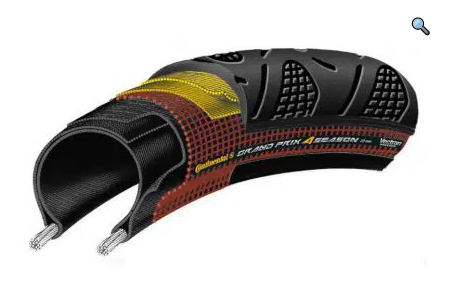Heeeyho Readers! Swinging by to spice up the cycling community!
Last year, I wrote a tutorial on a DIY tubeless system for bicycles. We know the pain in the behind it is to change a flat tire during a ride, let alone when we are training on thorny trails. Still, despite the benefits of running tubeless wheels, some of us — me included — hesitated to try it out. Let's discuss based on my nine-month experience with tubeless.
Check this post for the DIY tubeless: Cycling: No more flat tires with DIY tubeless
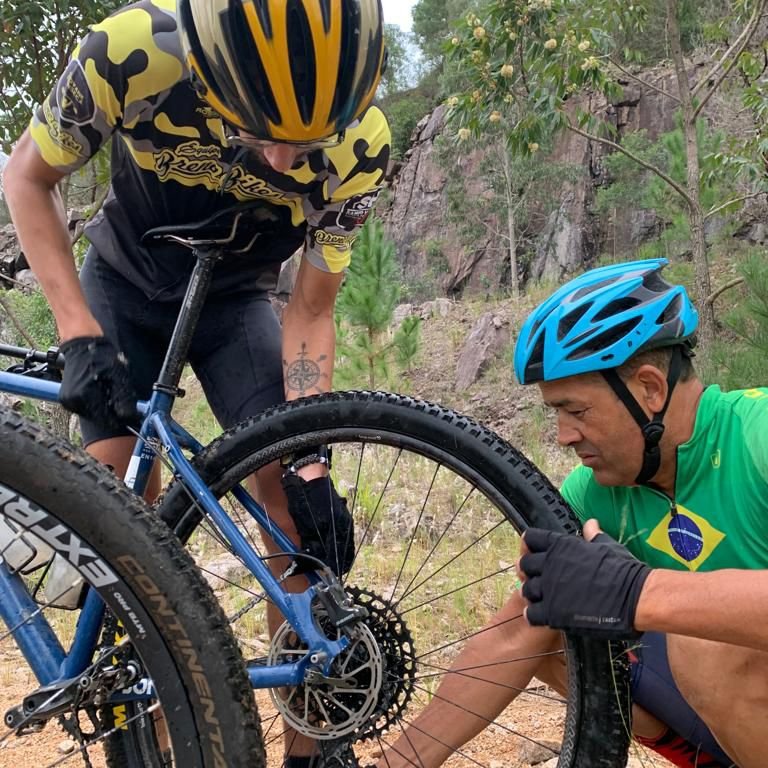
The picture above explains last weekend's training. Cross country trail packed with pointy rocks and below-ideal tire pressure. The result is a pinched tire. Wouldn't be a problem had I checked the sealant the day before {Do'h}. We managed to continue training after adding a tube and re-inflating the tire. Lesson learned.
I decided to check the system after this experience. After all, nine months of use without problems is way beyond the recommended time. (Yes, I added extra sealant during these months.)
Rear wheel evaluation after nine months
The 3M silver tape held incredibly well. It's so firm in place and intact that I see no need to replace. Keep in mind that the 3M silver tape costs 5x less (southern Brazil) than the more commonly used Gorilla tape. Other tubeless rim tapes will do the same, just varying the cost.
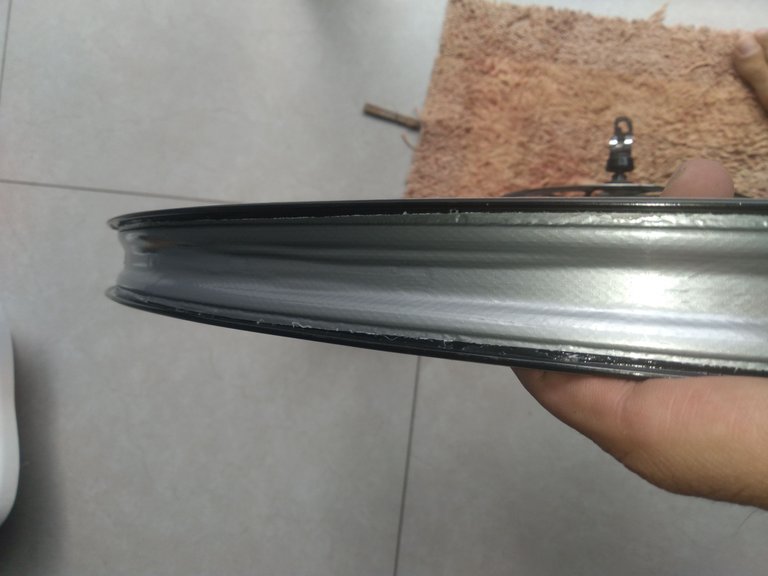
The tire and sealant bonded as expected. There were no issues in nine months. All punctures sealed fast (mostly thorns) and the tires held air without significant loss of pressure throughout the days. The only issue is cleaning the tire for maintenance.
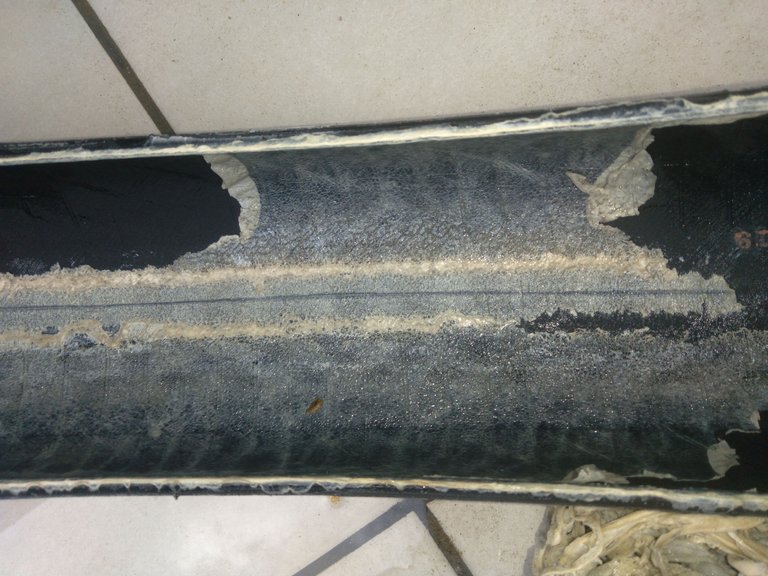
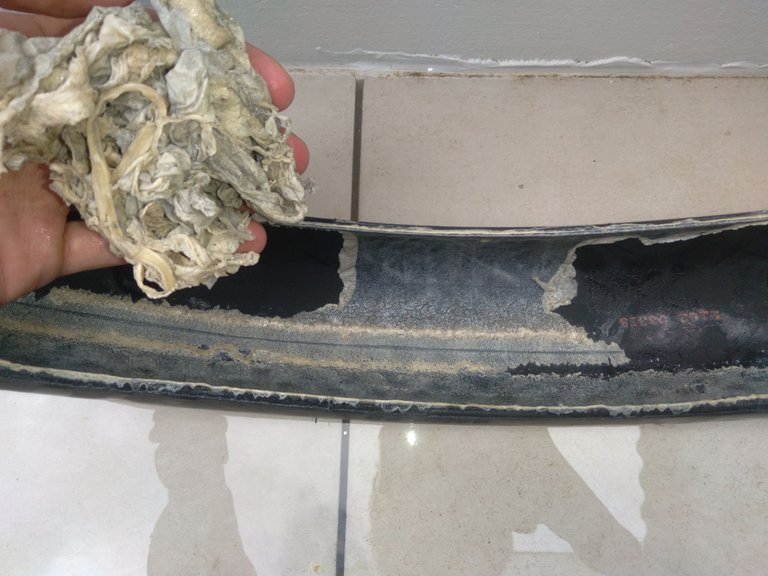
Regular tubeless maintenance involves removing old sealant from the tire. It's tedious and requires patience. All this gunk adds weight if not removed. The ideal is cleaning every three months. Other than that, just adding sealant from time to time will keep you running for months.
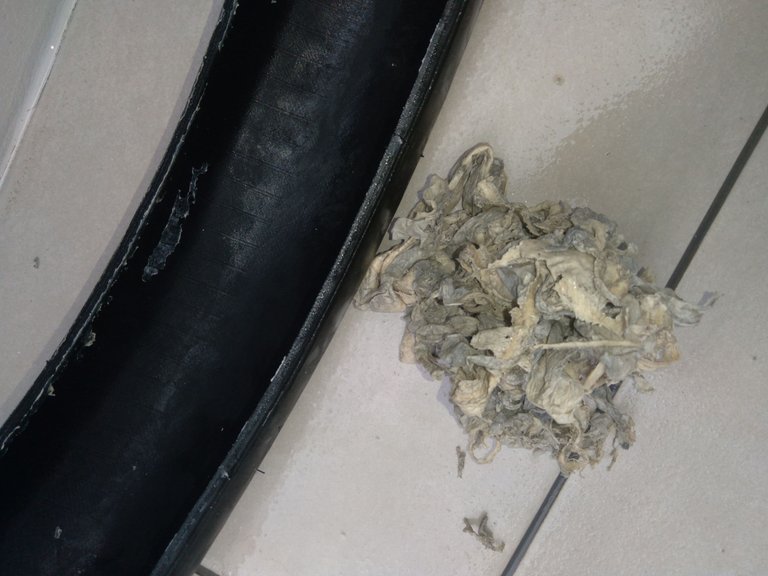
The above is how much sealant I removed from the rear tire — nine months of adding sealant whenever it dried up. I re-assembled the rim, added fresh sealant and inflated. Done. The process took a good junk of the afternoon, but the wheel is ready to roll again.
Tubeless vs. Tubes
I'm not going back to tubes anytime soon based on my experience. Nine months of extreme use without issues is plenty of time to test the reliability. Zero flat tires and stopping to change tubes. Just don't forget to add sealant.
Let me break into sections.
Reliability 4/5
Not a five because tubeless is not perfect. Any bigger tear in the tire will force you to add a tube. However, I'm a Cross Country racer that's not afraid to tackle technical rock gardens, which were not enough to cause me any problems (it depends on your tire, I'm using 2.35 Maxxis Ikon front/rear).
Maintenance 2/5
You gotta look after your wheel set. Adding sealant whenever it dries is part of the hassle. Checking/cleaning the system every three months or so is quite time consuming. Running for nine months was a bit too much, since all that extra sealant adds unwanted weight. Tubes eliminate the above-mentioned tasks. Checking the pressure is the only maintenance with tubes; or fixing whenever it's pinched.
Cost 3/5
Definitely more expensive than buying a tube, even if opting for my DIY solution. There's the cost of maintenance for those who rely on bicycle shops to service the bicycle. I consider a three because there are DIY options or super expensive ones. Up to you.
Final Thoughts
I recommend going tubeless for everyone that uses the bicycle on a daily basis (athletes/commuters). The reliability surpasses the time spent patching tubes; and the maintenance becomes part of the regular bicycle maintenance.
Tubeless might not be that beneficial for those who use the bicycle once a week or less — mainly because the sealant will dry up —, not justifying the cost.
If you are an avid cyclist, try it out and take your conclusions. I'm curious to see.
Peace.
Did you know that I have a book out? Check this!
Access Link: https://www.amazon.com/dp/6500272773?
If you enjoyed this post consider leaving your upvote for a hot coffee.
Find me on Twitter: https://twitter.com/mrprofessor_
~Love ya all,

Disclaimer: The author of this post is a convict broke backpacker, who has travelled more than 10.000 km hitchhiking and more than 5.000 km cycling. Following him may cause severe problems of wanderlust and inquietud. You've been warned.










